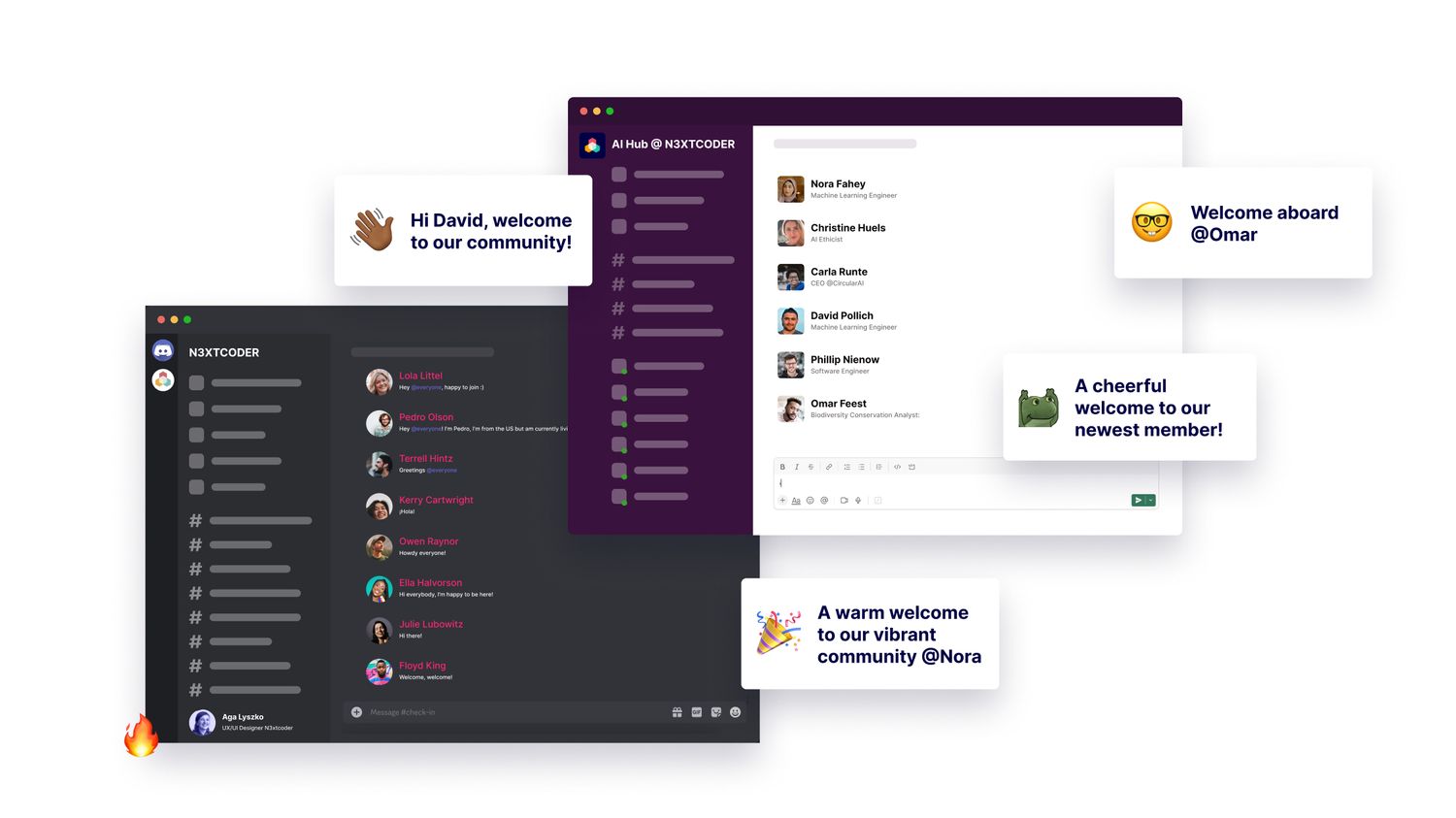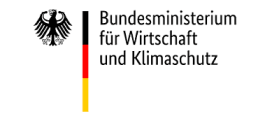Exploring the Impact of AI Innovations on the Circular Economy
written by Jonathan Moore, CTO & Co-Founder at N3XTCODER2023-05-17T11:33:28.535ZWhat is the Circular Economy?
The Circular Economy is a holistic approach to the design, production and consumption of goods and services that minimises waste and maximises resources. It is a system that seeks to eliminate the linear model of “take-make-dispose” and instead focuses on reuse, repair, remanufacturing and recycling.
How is AI influencing it?
AI is playing an important role in advancing this concept by enabling innovations in waste classification, AI-driven packaging design, circular production systems and more. By leveraging AI technologies such as machine learning and deep learning algorithms, companies can reduce their environmental footprint while increasing efficiency in their operations.
Why can’t we just recycle all waste?
The importance of recycling waste cannot be overstated. It is essential for preserving our environment and reducing the amount of non-biodegradable and non-recyclable waste that ends up in landfills. Unfortunately, not all types of waste can be recycled. Single-use items, such as plastic bags, Styrofoam containers and disposable diapers are difficult to recycle because they’re made from different materials that have to be separated beforehand. Classification is key here to avoid reusable and recyclable material going into landfill.
In the end, over-consumption of non-circular items makes it hard to keep up with the demand for recycling or reusing them. This requires a paradigm shift in behaviour away from unsustainable products and materials and towards reuse, reduction and mindful consumption. Recycling is not a cure-all solution but one part of a multifaceted approach towards sustainability that also includes redesigning products for easier recycling, using less in the first place and creating a culture that values sustainable practices.
How can AI drive the transition to a circular economy?
We can simply define AI as a group of emerging solutions and tools that arise from techniques developed to allow machines to learn and train their own algorithms. These solutions often solve problems which have been tricky for classical techniques to deal with. For example, discovering how complicated proteins are shaped in 3 dimensions (see protein folding with Alphafold) or finding an optimal route for a garbage truck to pick up waste from multiple stops in a city (see the famous travelling salesman problem)! AI is used to tackle problems such as pattern recognition, prediction, optimisation and recommendation. It typically achieves this through a process called training. Training involves generating or consuming data significant to the problem domain. The quality of this data can be a significant factor and much care is taken in selecting it. For this reason, industry, large companies and government can access the most diverse and comprehensive data sets which has, until now, given them an advantage in developing AI solutions.
With AI-driven solutions, businesses can make the transition to a circular economy easier and more efficient. It can help optimise resources by predicting demand, forecasting supply and optimising production processes. It can also be used to identify opportunities for reuse, recycling, and repair of products and materials. For example, using data from secondhand product sales we can set a sensible price to re-buy goods, or using machine perception we can estimate repair costs, not to mention the already well-established use of computer vision in waste classification.
AI innovations for re-use
We can now anticipate wear and tear for components in advanced production environments. Take for example, CNC milling where predictive models are trained on datasets like the Tool Wear Detection in CNC Mill dataset to preemptively spot when tools require replacement or maintenance. This predictive capability is immensely useful in remanufacturing as it helps prolong the lifecycle of equipment and components, promoting both efficiency and sustainability.
Furthermore, although the re-buy market has been around for some time, the core techniques, such as price prediction, have never been easier to master with datasets such as the sale prices for smartphones on ebay allowing developers to jump straight into model and algorithm development. Demand Forecasting and Trust in sharing networks are also being supercharged by AI whilst matching and recommending shared assets has been a staple feature, powered by machine learning for some time now.
AI innovations for re-cycling
AI is revolutionising the recycling industry, helping us transition from a linear economy to a more circular one. At the core of this transformation is the intelligent application of machine perception, especially computer vision, at waste processing plants. AI models, powered by Convolutional Neural Networks, are being trained to recognize and sort different types of waste with precision, enhancing waste classification and ensuring efficient recycling. With the Transformer architecture - traditionally used for language understanding tasks - making a foray into the vision domain, these systems are becoming even more adept at understanding complex waste patterns.
AI isn't just streamlining waste management at the plant level; it's promoting behavioural change in homes and workplaces as well. Smart devices equipped with local machine perception are able to categorise waste at the source and even provide behavioural 'nudges' - gentle, persuasive prompts - to help users better segregate their waste. Additionally, AI innovations extend to logistics with predictive pickup systems. These systems forecast waste generation trends and optimize pickup schedules, reducing fuel consumption and overall carbon footprint. Together, these are accelerating our journey towards a more sustainable, waste-conscious world.
AI in design and production
AI is significantly influencing the sphere of design and production, paving the way for smart manufacturing. AI is also making strides in quality control for emerging technologies like 3D printing. Datasets such as the 3D Printer Defected Dataset are used to train models that can detect defects in 3D printed objects, ensuring high-quality production while reducing wastage. Lastly, the arena of warehouse automation has seen a significant overhaul with the application of AI. Utilising datasets like the KITTI Lidar-based 2D Depth Images, AI models can effectively manage inventory, optimize warehouse layout and even safely navigate autonomous vehicles within these spaces. All these advancements are steering the future of manufacturing and design towards a more efficient, sustainable and automated era.
Final thoughts
We are only just scratching the surface of what we can do with AI and machine learning to accelerate the transition to a circular economy. The incredible explosion of access to new open source and/or public domain models has meant that developers, who would not have been able to work with AI 5 years ago, now have access to experiment. In the meantime, use cases that have existed for some time, such as machine perception for waste classification, have seen technological leaps in their accuracy and scalability brought about by the incredible advances in the field (from RNN to CNN, to Transformer Architecture and reinforcement learning). This means the landscape of use cases has diversified - it feels as if now you can have a smart bin in your office doing what an industrial machine would have done 5 years ago. This evolution of use cases has lowered barriers to entry and with advancements in modern technology, coincides in a perfect opportunity for the two megatrends, AI and circular economy, to join forces!
We at N3XTCODER are thrilled to be able to explore these two topics at this precise moment. Please check out our AI Innovation program “re:think Circular Economy” which will gather projects, startups, AI engineers and other domain experts together to drive this forward.

Join us in the conversation on various social channels. We discuss the latest developments in technology as they happen!
This article has been realised with the help of

